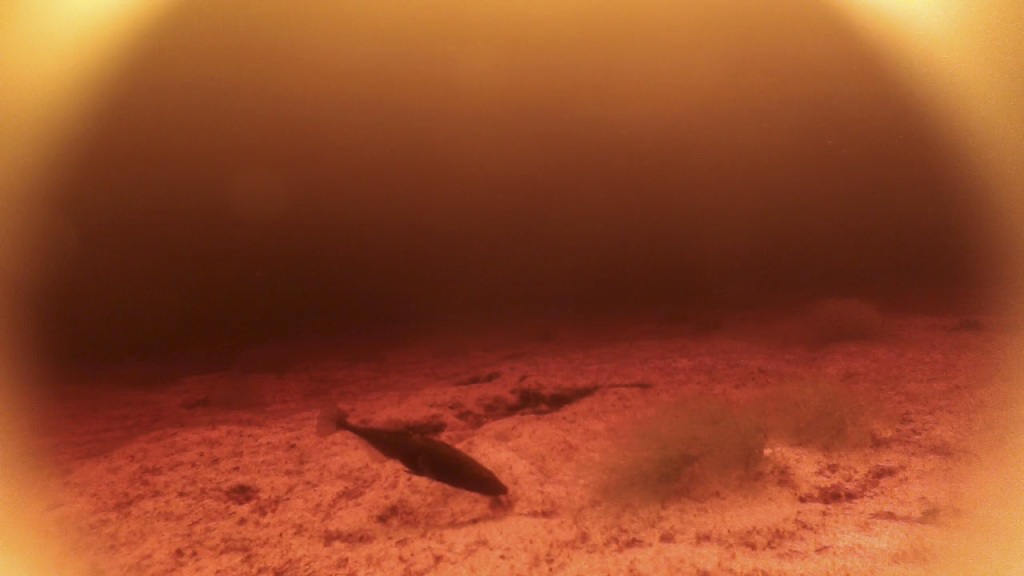
A three-spined stickleback in “blackwater” saturated with tannins at Drizzle lake. (Image by Thomas E. Reimchen)
Three-spined stickleback fish have inhabited freshwater lakes in the Haida Gwaii archipelago off the coast of British Columbia for thousands of years. A new study that combines genetic analysis with a 19-year-long selection experiment tells the story of how the sticklebacks evolved to adapt their vision to each of their unique lakewater conditions. Some of the lakes are “clearwater,” where light easily passes through the water; lakes can also be “blackwater,” in which most of the visible light is absorbed by dissolved tannins, creating darkness underwater. Researchers tracked the evolution of a specific gene thought to be responsible for light sensitivity in populations of marine, blackwater, and clearwater sticklebacks, to see where adaptations to specific light conditions occurred.
Authors:
David A. Marques, John S. Taylor, Felicity C. Jones, Federica Di Palma, David M. Kingsley, Thomas E. Reimchen
Corresponding author:
David Marques, Department of Biology, University of Victoria, Email: davidmarques@uvic.ca
Original paper published in PLOS Biology on April 11, 2017.



